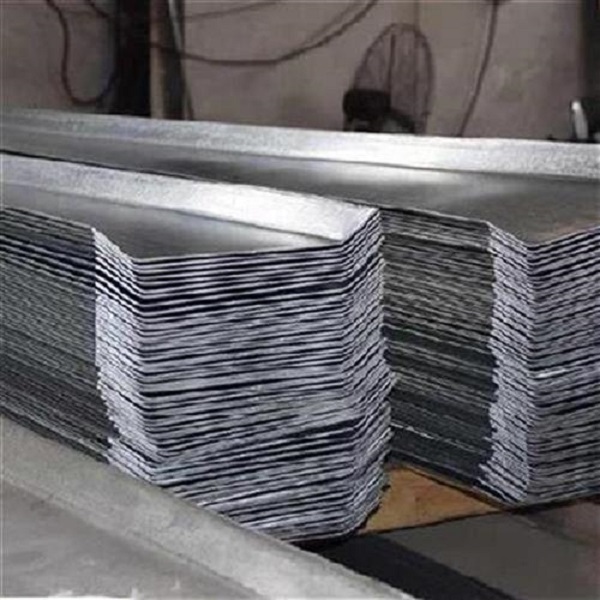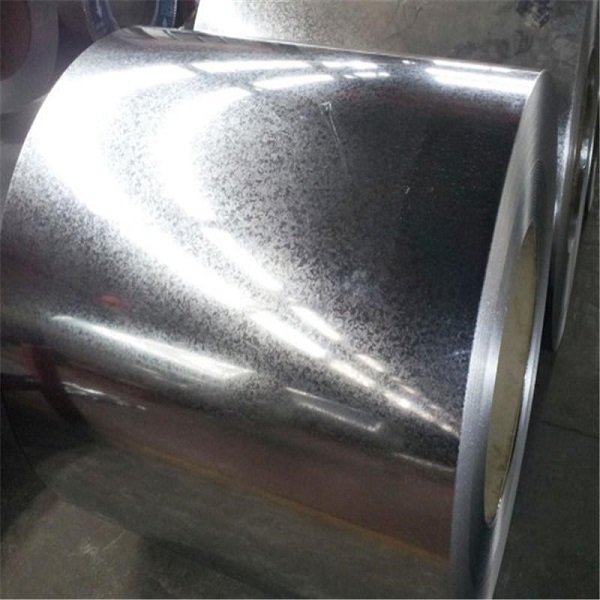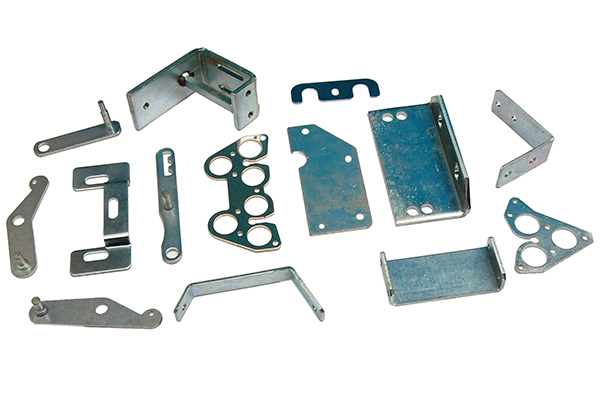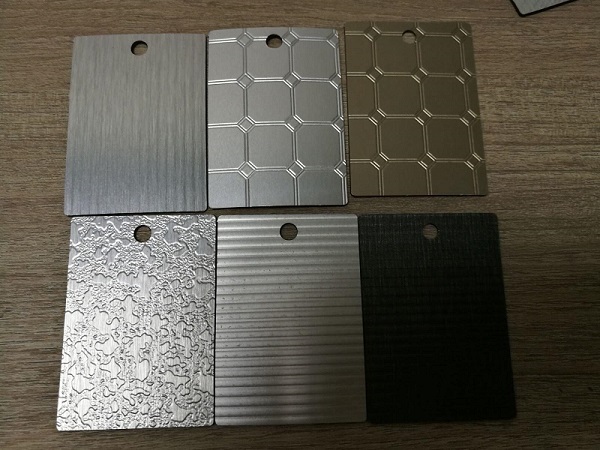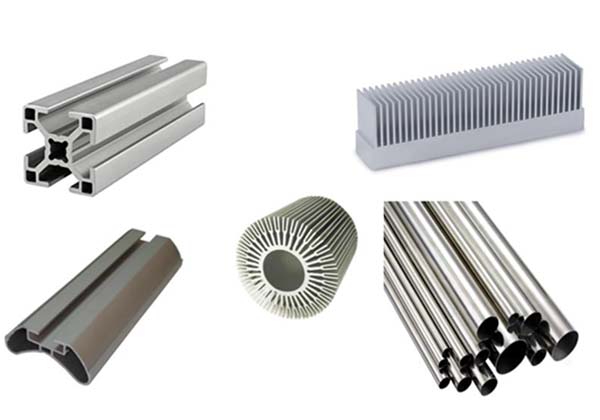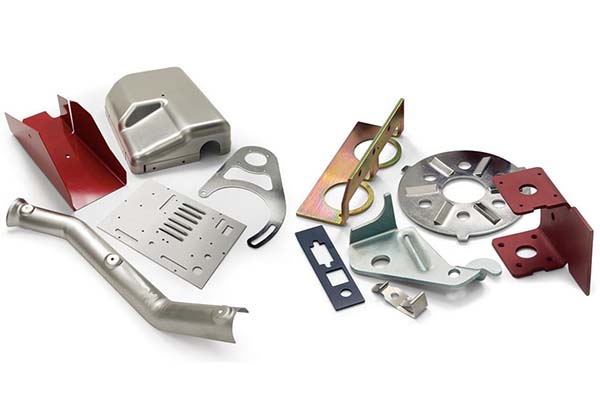Understanding Thick Sheet Metal
What exactly is thick sheet metal? Thick sheet metal, as the name implies, refers to metal sheets with a relatively large thickness. In the metal processing industry, while there's no strict and unified standard for the division between thick sheet metal and ordinary sheet metal, generally, metal sheets with a thickness exceeding 6mm (0.25 inches) are often considered thick sheet metal.
Differences from ordinary sheet metal:
- Mechanical properties: Thick sheet metal has greater strength and rigidity. For example, in the construction of large - scale industrial equipment, thick sheet metal can better withstand high - pressure, heavy - load working conditions. A 10mm thick steel sheet can be used as the main structural support in a large - capacity storage tank, while a thin sheet metal would easily deform under the same pressure.
- Processing difficulty: Processing thick sheet metal is more challenging. When it comes to cutting, ordinary sheet metal can be cut by common laser cutting machines, but thick sheet metal may require high - power laser cutting equipment or more powerful plasma cutting. In the bending process, thick sheet metal needs more force to achieve the desired shape, and special bending dies may be needed to prevent cracking during bending.
- Application scenarios: Ordinary sheet metal is often used in products with relatively low - strength requirements, such as the outer shells of household appliances. In contrast, thick sheet metal is widely used in the manufacturing of heavy - duty machinery, shipbuilding, and large - scale construction structures. For instance, in shipbuilding, thick steel sheets are used for the hull structure to ensure the ship's safety and durability in the harsh marine environment.
Applications of Thick Sheet Metal
1. Automotive Industry
In the automotive industry, thick sheet metal plays a crucial role. For example, in the manufacturing of body structural parts, such as the A - pillars, B - pillars, and floor pans of cars. A - pillars and B - pillars made of thick sheet metal can effectively withstand the impact force during a collision. In a frontal collision test at 64km/h, vehicles with thick - sheet - metal - reinforced A - pillars showed only a 10% deformation, while those with thinner materials had a deformation rate of up to 30%. This not only ensures the integrity of the vehicle's body structure but also provides a safe survival space for passengers. The use of thick sheet metal in floor pans can enhance the overall rigidity of the vehicle body, reduce vibrations during driving, and improve the durability of the vehicle.
2. Construction Field
In the construction field, thick sheet metal is essential. When it comes to bridge construction, thick steel sheets are used for the main load - bearing structures, like the bridge girders. A large - span bridge with a span of 500 meters may use thick steel sheets with a thickness of 50 - 100mm for its main girders. These thick sheets can withstand the huge weight of the bridge deck, vehicles passing on it, and various external forces such as wind and seismic forces. In building frameworks, thick sheet metal is used to make columns and beams. For a high - rise building with 50 floors, the columns made of thick sheet metal can support the weight of the upper floors and resist lateral forces caused by strong winds or earthquakes, ensuring the stability and safety of the building.
3. Machinery Manufacturing
In machinery manufacturing, thick sheet metal is widely used in the production of large - scale machinery. For instance, the outer shells of large - tonnage excavators are made of thick sheet metal. A 30 - ton excavator's shell may use steel sheets with a thickness of 15 - 20mm. This thick sheet metal not only protects the internal components of the excavator from external impacts and harsh working environments but also contributes to the overall stability of the machine. In addition, for some key components like the bases of heavy - duty machine tools, thick sheet metal is used. The base of a precision heavy - duty machine tool, made of thick sheet metal, can reduce vibration during the machining process, ensuring the accuracy and quality of the machined parts and improving the overall performance of the machine tool.
Considerations When Using Thick Sheet Metal
1. Material Selection
When choosing thick sheet metal materials, several factors need to be taken into account. First, the specific application scenario is crucial. For applications that require high corrosion resistance, such as in marine or chemical industries, stainless steel thick sheet metal is an ideal choice. Stainless steel contains elements like chromium and nickel, which form a passive oxide layer on the surface, protecting the metal from rust and chemical attack. For example, in a chemical plant's storage tank for corrosive liquids, 8mm thick 316L stainless steel sheet can ensure long - term use without significant corrosion.
If high - strength and good formability are required, alloy steel thick sheets can be considered. In the automotive manufacturing of high - strength components, alloy steel thick sheets with proper heat treatment can meet the requirements of both strength and shape - making during stamping processes. Different metals also have different cost - performance ratios. Aluminum thick sheet metal is relatively lightweight and has good thermal conductivity, but its strength is lower than that of steel. However, in applications where weight reduction is a key factor, such as in the aerospace industry, the higher cost of aluminum thick sheet metal may be acceptable due to its weight - saving advantages.
2. Processing Difficulties and Solutions
Processing thick sheet metal comes with its own set of challenges. Cutting: High - power laser cutting machines are often required for thick sheet metal cutting. For example, when cutting a 20mm thick steel sheet, a laser cutting machine with a power of over 4000W may be needed. Plasma cutting is also a common method, especially for metals with high melting points. However, both methods may face issues such as edge roughness and heat - affected zones. To address edge roughness, post - processing techniques like grinding and polishing can be employed. To reduce the heat - affected zone, controlling the cutting speed and power precisely, as well as using appropriate cooling measures, can be effective.
Welding: Welding thick sheet metal is more difficult than thin - sheet metal. There may be problems such as incomplete penetration and porosity. In arc welding of thick steel sheets, multi - pass welding is usually necessary. For example, when welding a 15mm thick steel plate, at least 3 - 4 passes may be required to ensure complete penetration. Using pre - heating before welding can reduce the risk of cracking. For porosity issues, ensuring a clean welding environment, proper gas shielding (in gas - shielded welding), and correct electrode selection can help. Additionally, advanced welding technologies such as friction stir welding can also be considered for some materials, which can produce high - quality welds with less heat input and fewer defects.
Yigu Technology's Viewpoints
As a non - standard plastic metal products custom supplier, Yigu Technology attaches great importance to the application and processing of thick sheet metal. We understand that each customer's demand for thick sheet metal is unique. When customizing products, we first conduct in - depth communication with customers to understand their specific usage scenarios, performance requirements, and cost - control expectations.
In terms of material selection, we have an in - depth understanding of various thick sheet metal materials. Based on the customer's needs, we can accurately recommend the most suitable materials, whether it is high - strength alloy steel for mechanical parts or corrosion - resistant stainless steel for outdoor equipment.
Regarding processing, we have advanced processing equipment and a professional technical team. For the high - difficulty processing of thick sheet metal, such as complex cutting and precise welding, our team can use their rich experience and advanced technology to ensure the quality of the processed products. We also continuously optimize the processing process to improve production efficiency and reduce costs, so as to provide customers with high - quality and cost - effective customized non - standard plastic metal products.
FAQ
1. What is the thickness range of thick sheet metal?
Generally, thick sheet metal usually refers to metal sheets with a thickness exceeding 6mm (0.25 inches). However, in some industries, the starting thickness for considering it as thick sheet metal might be set at 3mm or 4mm, depending on specific application requirements and processing capabilities.
2. How to choose the right thick sheet metal for my project?
First, consider the application scenario. For example, if it's for a marine application, choose corrosion - resistant stainless steel. Then, think about performance requirements such as strength, conductivity, or heat - resistance. Also, take cost into account. Compare different materials and their prices to find the best balance between quality and cost for your project.
3. What are the common processing methods for thick sheet metal?
Common processing methods include high - power laser cutting for precise cutting, especially suitable for metals with high precision requirements; plasma cutting, which is more suitable for metals with high melting points; arc welding for joining thick metal sheets, often with multi - pass welding; and bending, which requires more force and special dies to shape the thick sheet metal without cracking.
